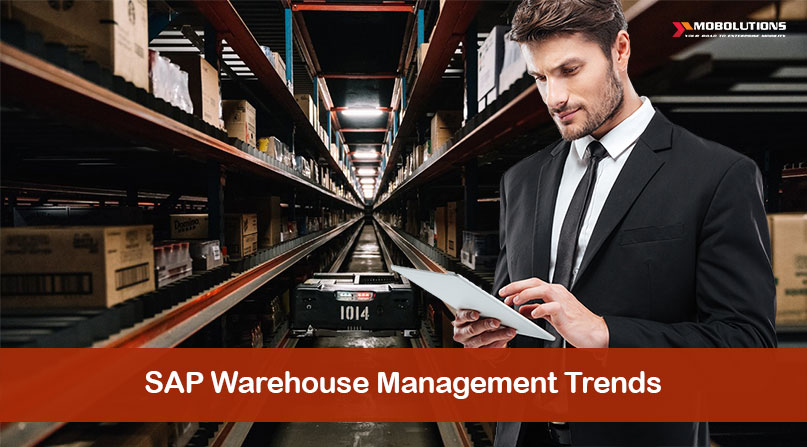SAP Warehouse Management trends – Efficiency Enabler in the Supply Chain
Traditional SAP Warehouse Management software has been available since the 1980s and 1990s along with SAP R/2 and R/3 ERP. SAP continues to have the largest market share for warehouse management solutions, though they are not considered as a typical WMS vendor; for instance Manhattan Associates or RedPrairie Corp. This is because while logistics operators prefer to have the best of breed solution to optimize operations, IT departments definitely go for an ERP solution to reduce complexity. With more than 7000 customers worldwide, companies across the globe have adopted this solution to revamp their warehouse management strategy.
When comes SAP EWM
In 2005, SAP introduced a newly enhanced version of SAP WM, SAP EWM or SAP Extended Warehouse Management. SAP EWM is a complete redevelopment of the warehouse management platform with new functionality and architecture. It incorporates the core functionalities of SAP WM with additional capabilities available with state-of-the-art third-party solutions. It is designed to be a best of breed warehouse management solution, not just for SAP ERP or SAP WM customers. The existing SAP WM software is currently in maintenance mode; it will be supported by SAP until 2025, but it will not be developed after that. Eventually, customers will have to shift to SAP EWM.
The main reasons for this completely new design are to:
- Meet the requirements for large data volume, performance, and process flexibility for high volume warehouses.
- Cover all industries with industry specific support and with simple and complex high volume processes.
- Prevent risk of changing the existing architecture of a mature application, such as SAP WM that has thousands of live customers.
- Provide built in optimization and automation for all kinds of distribution centers and warehouses.
What can customers look forward to in SAP EWM:
1. Supply Chain Execution
Manage and control end-to-end execution from suppliers and warehouse, right to the end customer including returns handling.
2. Limited interface risk
An integrated warehouse management system for manual or automated warehouses with a direct connection to SAP ERP or other SAP systems.
3. Manage Material Flows
Manage and control complex material flows with solutions ranging from manual to highly dynamic warehouses.
4. Resource Management
Usage of all available resources in a modern warehouse, along with fastest possible order handling for high profitability.
5. SAP Fiori for SAP EWM
Leverage Fiori Apps for SAP EWM within your existing license to optimize Logistics processes, transact data from your mobile device, and ensure timely and accurate decision making.
6. Yard Management
Manage yards where the vehicles arrive and depart by completing requirements before and after logistic processes.
7. Integrate EWM to S/4 HANA
Integrate Logistic processes with S/4 HANA as a centralized or decentralized solution.
Comparison chart: SAP EWM Vs. SAP WM

As a customer who demands faster and more flexible solutions, you can rest assured that SAP EWM is a comprehensive warehouse management system; you can expect complete process transparency and flexible automated processes as the norm.


